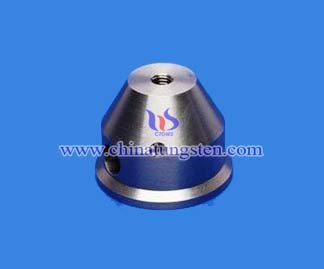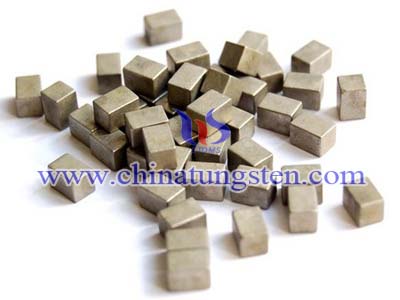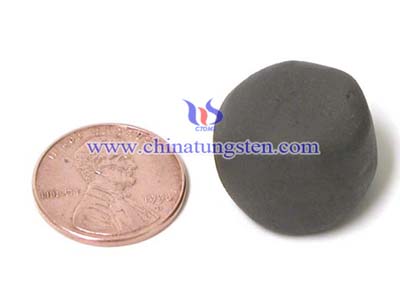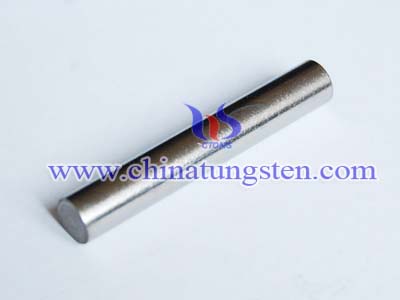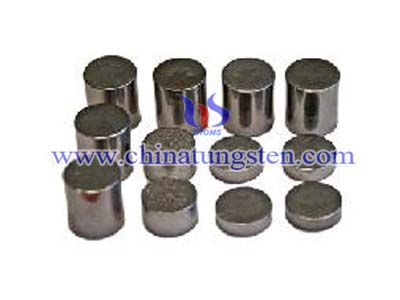Tungsten Radiation Shielding Manufacture Process
.jpg)
The tungsten radiation shielding manufacture process mainly includes mixing powder, pressing, sintering and machining.
Mixing powder:
Mixing powder process usually refers to two or more different components of powder mixing evenly. The main purpose of mixing process is to make sure powder physical performance more consistent, enrichment of impurities, and particles mix. Mixed into no less than 90% of tungsten powder and other metallic powders such as nickel, iron, copper, and lubricant (alcohol or glycerin) within the same mixers. The purpose to mix no less than 90% of tungsten powder is to guarantee the high density and excellent radiation absorption properties of tungsten shielding. When powder mixing, an appropriate amount of tungsten block or tungsten ball should be placed within mixture barrel.
Pressing:
Pressing is also known as extrusion, which is a process used to create objects of a fixed cross-sectional profile. Tungsten alloy can be pushed or pulled through a die of the desired cross-section. The extrusion process may also increase the strength of tungsten alloy.
The process begins by heating the stock material (for hot or warm extrusion). It is then loaded into the container under the press. A dummy block is placed behind it where the ram then presses on the material to push it out of the die. Afterward the extrusion is stretched in order to straighten it. If better properties are required then it may be heat treated or cold worked. The extrusion ratio is defined as the starting cross-sectional area divided by the cross-sectional area of the final extrusion. Compare with forging, one of the main advantages of the extrusion process is that this ratio can be very large while still producing quality parts. For the extrusion process, only one compression can cause extrusion ratio is about 60%~80%. In forging process, one compression cause extrusion ratio is no more than 20% ,otherwise the scrap rate will be greatly enhanced.
Sintering:
This step involves heating of the material, usually in a protective atmosphere, to a temperature that is below the melting point (0.7~0.8T) of the major constituent. In some cases, a minor constituent can form a liquid phase at sintering temperature; such cases are described as liquid phase sintering. The mechanisms involved in solid phase and liquid phase sintering are discussed briefly in a later section.
Machining:
Machining process mainly includes forging, milling, grinding, polishing, turning, threading, punching, drilling and so on. Chiantungsten can provide word engraving (normally 0.5mm) on the tungsten shielding specifications according to your requirements. If you require shining surface for tungsten shielding, we can offer electroplating like nickel plated.

